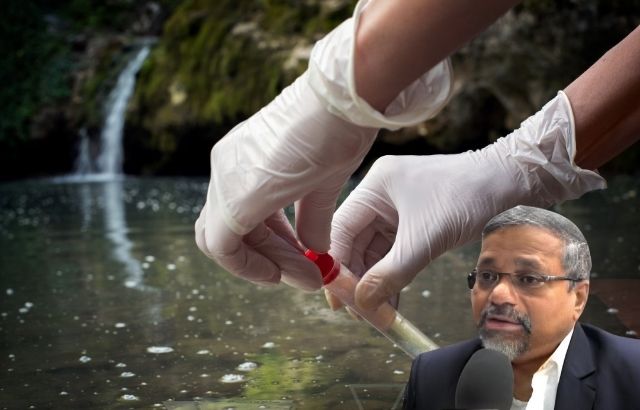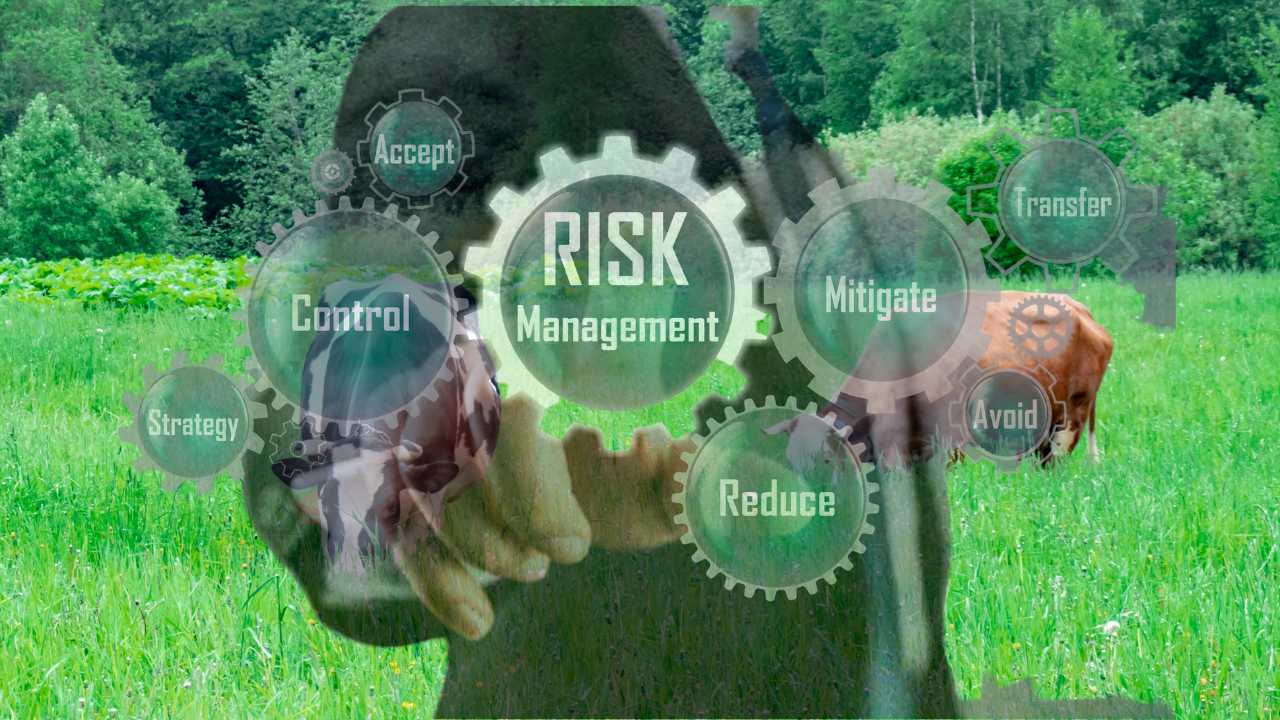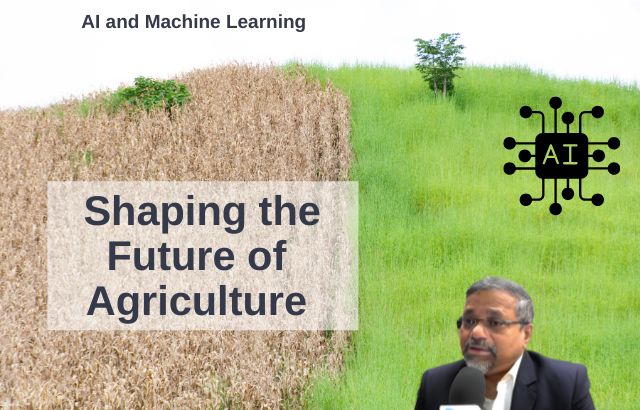The fight against climate change and environmental degradation is not just about developing cutting-edge technologies—it’s about the people driving these innovations. As green innovation takes center stage, we’re witnessing the fusion of technical expertise and soft skills that are essential to create lasting, impactful change. Jaiguru Kadam, an expert in green technologies and sustainable practices, shares his insights on the role of soft skills in shaping the future of green innovation. In this post, we’ll dive deep into the importance of these skills, supported by compelling examples and relevant statistics.
The Rise of Green Innovation

Green innovation refers to new products, processes, or services that significantly improve environmental sustainability while also delivering economic value. With global attention focused on addressing climate change, the demand for clean energy solutions, waste reduction technologies, and eco-friendly products has skyrocketed. In fact, the global green technology and sustainability market was valued at $11.3 billion in 2020 and is projected to grow at a compound annual growth rate (CAGR) of 25.2% from 2021 to 2028. This highlights a booming sector ripe for innovation.
However, technology alone cannot drive this transformation. It requires a dynamic mix of technical knowledge and personal attributes—soft skills—that are often the differentiating factors in successful green initiatives. Jaiguru Kadam outlines the crucial soft skills that every green innovator should develop to thrive in this industry.
Key Soft Skills for Green Innovators: Insights from Jaiguru Kadam

1. Creativity: The Heart of Innovation
Jaiguru’s Insight:
“Creativity isn’t just about thinking outside the box—it’s about challenging the very framework of existing solutions to environmental problems. A creative mindset allows innovators to come up with game-changing solutions that are not only sustainable but also scalable and practical.”
Real-World Example:
The development of bio-based plastics is a prime example of how creativity has revolutionized industries. By using organic materials like corn starch and algae, innovators have created biodegradable alternatives to petroleum-based plastics, which are contributing to reducing plastic pollution.
2. Communication: Bridging the Gap Between Ideas and Action
Jaiguru’s Insight:
“Green innovators often face the challenge of communicating complex ideas to diverse audiences—whether it’s investors, policymakers, or the general public. Clear communication is key to gaining support and driving change.”
Real-World Example:
Elon Musk’s role in Tesla’s success isn’t just about technological breakthroughs—his ability to effectively communicate the vision of sustainable electric vehicles has been instrumental in creating public demand and pushing for policy changes in favor of green technologies.
3. Collaboration: Harnessing Collective Expertise
Jaiguru’s Insight:
“Environmental issues are complex and require diverse expertise. Successful green innovators must collaborate with scientists, engineers, policymakers, and community leaders to create holistic solutions.”
Real-World Example:
The International Panel on Climate Change (IPCC) is a textbook example of collaboration at a global level. By bringing together scientists, governments, and organizations from around the world, the IPCC has provided comprehensive climate assessments that inform global policy decisions.
4. Problem-Solving: Overcoming the Impossible
Jaiguru’s Insight:
“In green innovation, problem-solving isn’t just about fixing issues—it’s about tackling seemingly insurmountable challenges with innovative, sustainable solutions.”
Real-World Example:
The Solar Impulse project is a groundbreaking example of problem-solving in action. This solar-powered plane, which can fly both day and night, required a team of innovators to overcome challenges related to lightweight materials, energy storage, and efficient power systems. Their solution has redefined what is possible in renewable energy and aviation.
5. Adaptability: Navigating a Changing Landscape
Jaiguru’s Insight:
“The green tech space is rapidly evolving, with new research, technologies, and regulations constantly reshaping the landscape. Adaptability allows innovators to pivot and stay ahead of the curve.”
Real-World Example:
Beyond Meat, a company at the forefront of the plant-based food revolution, showcases how adaptability is crucial in green innovation. By continuously refining their product offerings and aligning them with changing consumer preferences, they have become a leader in the sustainable food sector.
6. Leadership: Steering the Sustainability Ship
Jaiguru’s Insight:
“Leadership is essential for translating visionary ideas into actionable, scalable projects. A leader in green innovation must be able to inspire teams, manage resources, and influence stakeholders to achieve sustainability goals.”
Real-World Example:
Paul Polman, former CEO of Unilever, demonstrated exceptional leadership by integrating sustainability into the company’s core strategy. Under his leadership, Unilever achieved impressive results in reducing its environmental footprint while also increasing profitability.
7. Empathy: Designing with People in Mind
Jaiguru’s Insight:
“Green innovations are most effective when they address the needs and concerns of all stakeholders, especially marginalized communities. Empathy ensures that solutions are not just technically feasible but socially equitable.”
Real-World Example:
Water.org, led by Gary White and Matt Damon, has been a game-changer in providing clean water solutions to impoverished regions. By working empathetically with local communities, the organization tailors its solutions to fit cultural and logistical realities, ensuring lasting impact.
8. Resilience: Bouncing Back from Setbacks
Jaiguru’s Insight:
“The path to green innovation is rarely linear. Resilience enables innovators to overcome challenges, keep pushing forward, and maintain their commitment to sustainability even in the face of adversity.”
Real-World Example:
The transformation of Ørsted, once a conventional oil and gas company, into a global leader in offshore wind energy is a testament to resilience. Despite facing significant obstacles and skepticism, Ørsted has now become a key player in the renewable energy sector.
9. Networking: Building Connections that Matter
Jaiguru’s Insight:
“Green innovators must build a network of like-minded individuals, industry experts, and potential collaborators to amplify their impact. Networking is not just about finding business opportunities, but about sharing knowledge and creating synergies.”
Real-World Example:
GreenTech Media is an example of how networking can foster innovation. By creating a community of professionals in the clean energy space, it has become a vital platform for collaboration, idea-sharing, and advancing the green tech agenda.
10. Ethical Judgment: Making Responsible Choices
Jaiguru’s Insight:
“Ethical judgment is about ensuring that green innovations are not only environmentally beneficial but also socially responsible. Green innovators must consider the long-term impacts of their work on both people and the planet.”
Real-World Example:
Patagonia, an outdoor clothing company, is a prime example of integrating ethical judgment into business. From sourcing sustainable materials to advocating for environmental protection, Patagonia’s commitment to ethics has earned it widespread respect and loyalty.
The Green Innovation Ecosystem: A Call for Action

In conclusion, green innovation is not just about technological breakthroughs. It’s about a holistic approach that combines technical prowess with essential soft skills. Whether you’re an entrepreneur, engineer, or policymaker, developing skills like creativity, communication, and leadership will be key to driving sustainable solutions that make a real impact.
The demand for green technologies is only going to grow as we confront the challenges of climate change, resource depletion, and environmental degradation. By honing these soft skills, you not only position yourself for success in the green innovation space but also contribute to a brighter, more sustainable future for all.
As Jaiguru Kadam puts it, “To lead the charge in green innovation, you need more than just expertise in technology—you need the right mindset and the ability to work collaboratively towards a common, sustainable goal.”











